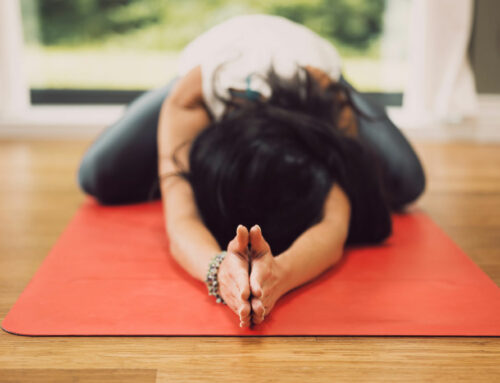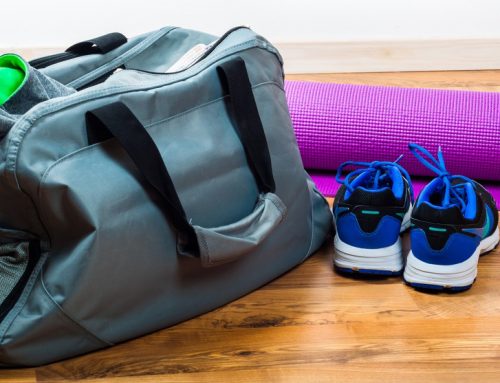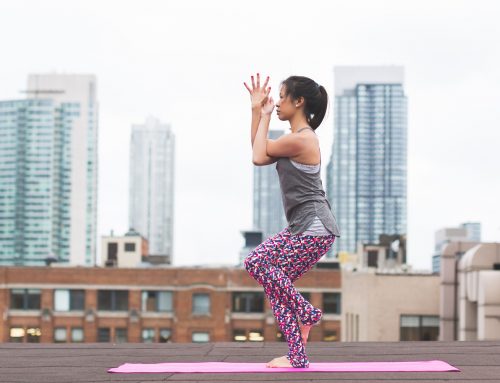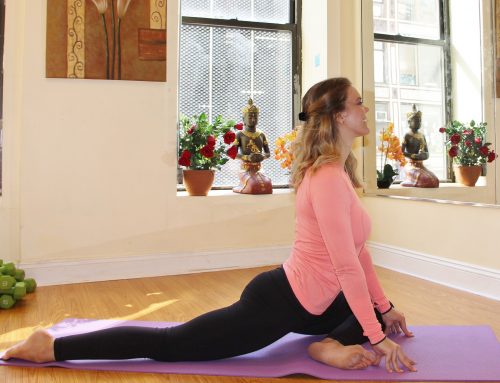Written by Esther Cieri
“The mind does not forget what the hands have learned.”
According to Laura Allard, this best describes her work and philosophy for learning anatomy with clay. Her workshops involve using clay to build body parts on skeletons as well as working on the mat with yoga postures to feel the muscles that were built with clay. This approach allows participants to see the muscles three dimensionally and then feel them in their bodies. Laura believes this is the most effective and meaningful way to learn anatomy: “Anatomy in Clay™ brings anatomy to life. It is a way of learning that makes the study of anatomy fascinating and fun. This system turns my anatomical knowledge into a practical way of understanding both musculature and function and it’s application to yoga postures. The Anatomy in Clay™ provides clarity of presentation, and it provides yoga teachers and students an experiential way to discover the intelligence of their own bodies”.
This past June, Laura came to Toronto to facilitate a workshop on the pelvis and spine. She returns again on October 15-16 to do a workshop on Shoulders, Elbows and Wrists. Her credentials are impressive-she is a certified intermediate junior III Iyengar teacher, nationally certified massage therapist and the only certified KA2 Kinesthetic Anatomist. Her work with Anatomy in Clay™ comes from the Zahourek Systems founded by Jon Zahourek. She has studied in India with Geeta and B.K.S. Iyengar and is the Director of the Iyengar Yoga Center of Boulder Colorado. Laura Allard is a highly trained professional whose passion for anatomy and enthusiasm for teaching is infectious. Her workshops are interactive and interesting. They benefit intermediate and advanced yoga practitioners, pilates instructors, chiropractors, massage therapists, physiotherapists and holistic bodywork specialists.
As students of yoga, the question “why is anatomy important” arises often. Generally, we want to be more knowledgeable about anatomy in order to understand which postures we should do in order to work or stretch certain muscles. Laura Allard’s workshops add another dimension because they focus on the form and function of muscles from the perspective of injury prevention. Her emphasis is on developing healthy range of movement potential. For instance, she gave the example of how she does not work at her “maximum” but rather at her “optimum” range of motion. She asks herself whether she feels calm and quiet at her joints or whether they are “noisy”. Her workshop suggested that we base our decisions-about how we move in our postures-on diminishing strain on the joints and ligaments rather than on maximizing our flexibility.
Her workshop thereby presented some classic and recurring yoga questions like: How can we develop good body balance? That is, how can we find a good balance between strength and flexibility so that we gain optimal tone and we are neither “too loose nor too tight”. How far and how deep do we want to go and why? Many of us may have asked ourselves whether we push ourselves to achieve the “perfect pose” or what purpose does it serve us to strive to touch our tummy to the floor in upavista konasana? And what role can the teacher play in preventing injury by guiding students to work in a safe space-at their optimum?
The distinction made by Allard between “maximum” and “optimum” is very useful because it reveals the tendency in yoga to “go as far” as one can in asana practice. The concept of “one’s edge” where one works either near, at, and not beyond one’s edge sounds much like “one’s maximum”. It is a place towards which we are meant to strive-often we are encouraged to do so in class. Optimum on the other hand, connotes a space within which to dwell, observe, listen, feel and work. If we practice in this way, asana becomes an exploration of the “optimum”-peace and quiet-rather than a search for a pose. It is when we are in our optimum range of motion that we can hear what our body is saying to us-because it is quiet here-and our body can tell us how to be.
Workshops of any kind, but especially anatomy workshops may leave the participant feeling overwhelmed by a myriad of information that they feel they will never remember. But there is no doubt that each of the participants came out of the workshop with a few valuable skills, resources and ideas that they will not forget. The perspective that Laura offered about how to develop an awareness of moving within a healthy range of motion in the joints, which comes from an understanding of how the muscular-skeletal system of the spine and pelvis work, made the subject of anatomy a lot more accessible and applicable to a lot more people in the world of movement practice.






